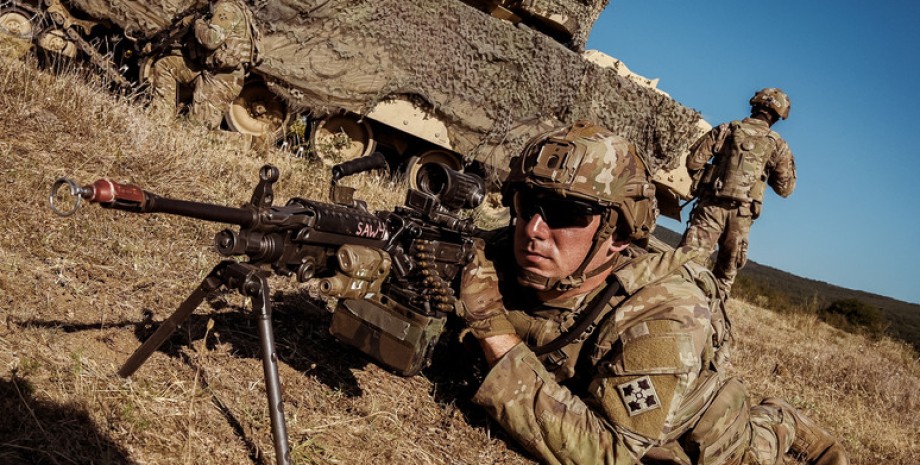
 By Victor Duda
By Victor Duda
The Alliance border states after the atrocities of the Russians in the occupied territories of Ukraine, from Bucha and Irpen to Mariupol and Kherson do not want to risk the period of Russian occupation in the event of hostilities. In Poland and the Baltic countries, it is noted that in the first days of the Ukrainian invasion, Russian troops seized territories larger than some Baltic states.
The Alliance launched a battalion of multinational troops in eight countries along the eastern border with Russia. The Bloc experts carefully think about how to increase these forces in the brigades in those frontier states to enhance the ability to restrain and get the opportunity to reject the invasion forces at the initial stage of the conflict. New requirements for mobility, logistics and readiness will be answered quickly as needed.
NATO planning is already indecisive, and becomes more specific. Countries are responsible for questionnaires for equipment and their capabilities. NATO think carefully about what they miss and what can be reduced. The requirements are now proposed to make it harsh to restore the Alliance the ability to fight in Europe. It will be a kind of guarantee that NATO will be able to wage an intense war against the opponent, Russia, from the first day of the conflict.
The Alliance also coordinates its requirements for allies with current operational needs in the long run. Earlier, NATO countries could ask some of the lightly armed expeditionary forces with helicopters to Afghanistan, for example, they will now be tasked with protecting individual parts of NATO. On April 17, Focus reported that NATO members would take part in Aurora-23. Ukrainian servicemen will also be involved in appropriate maneuvers.










All rights reserved IN-Ukraine.info - 2022